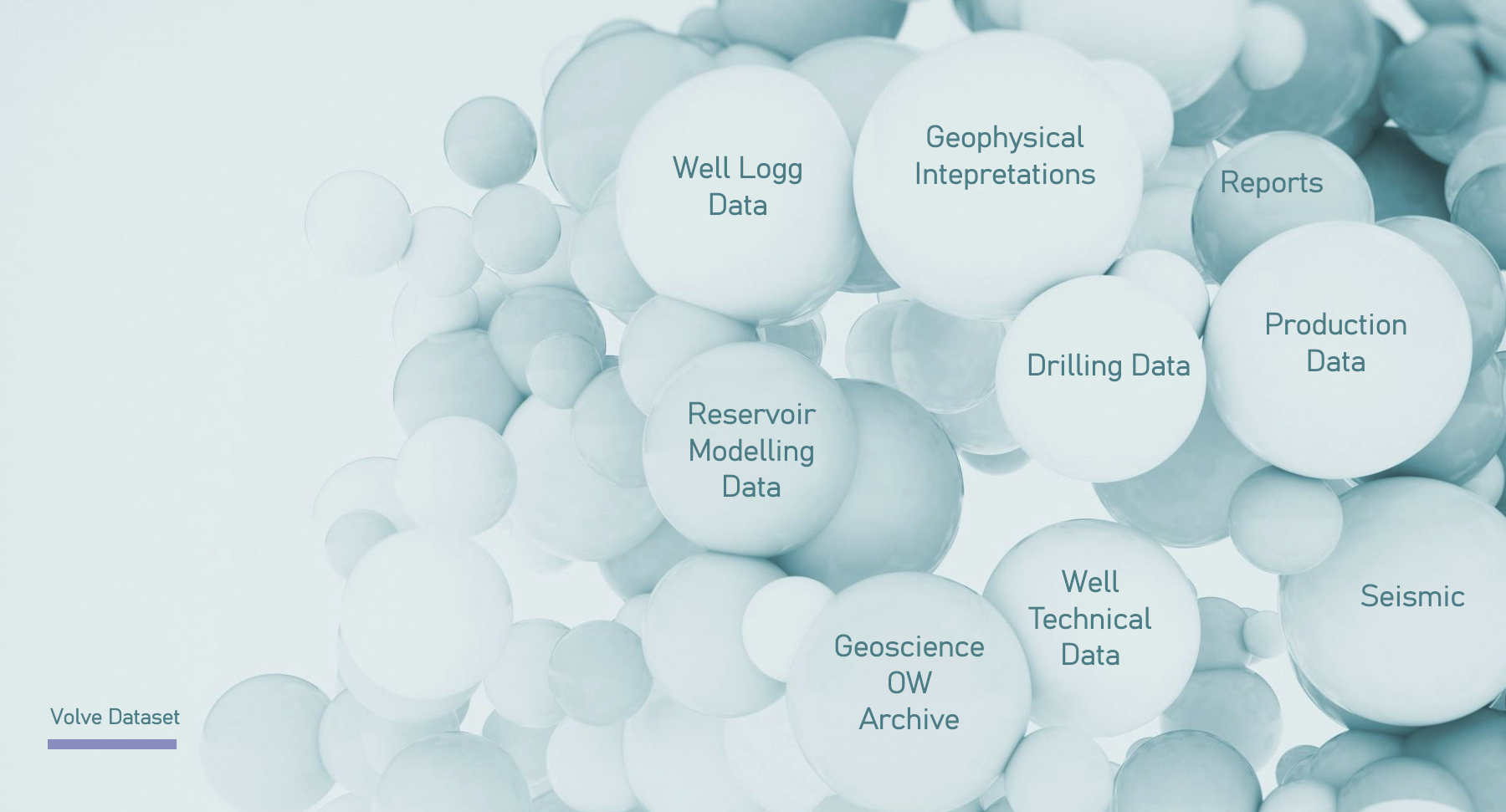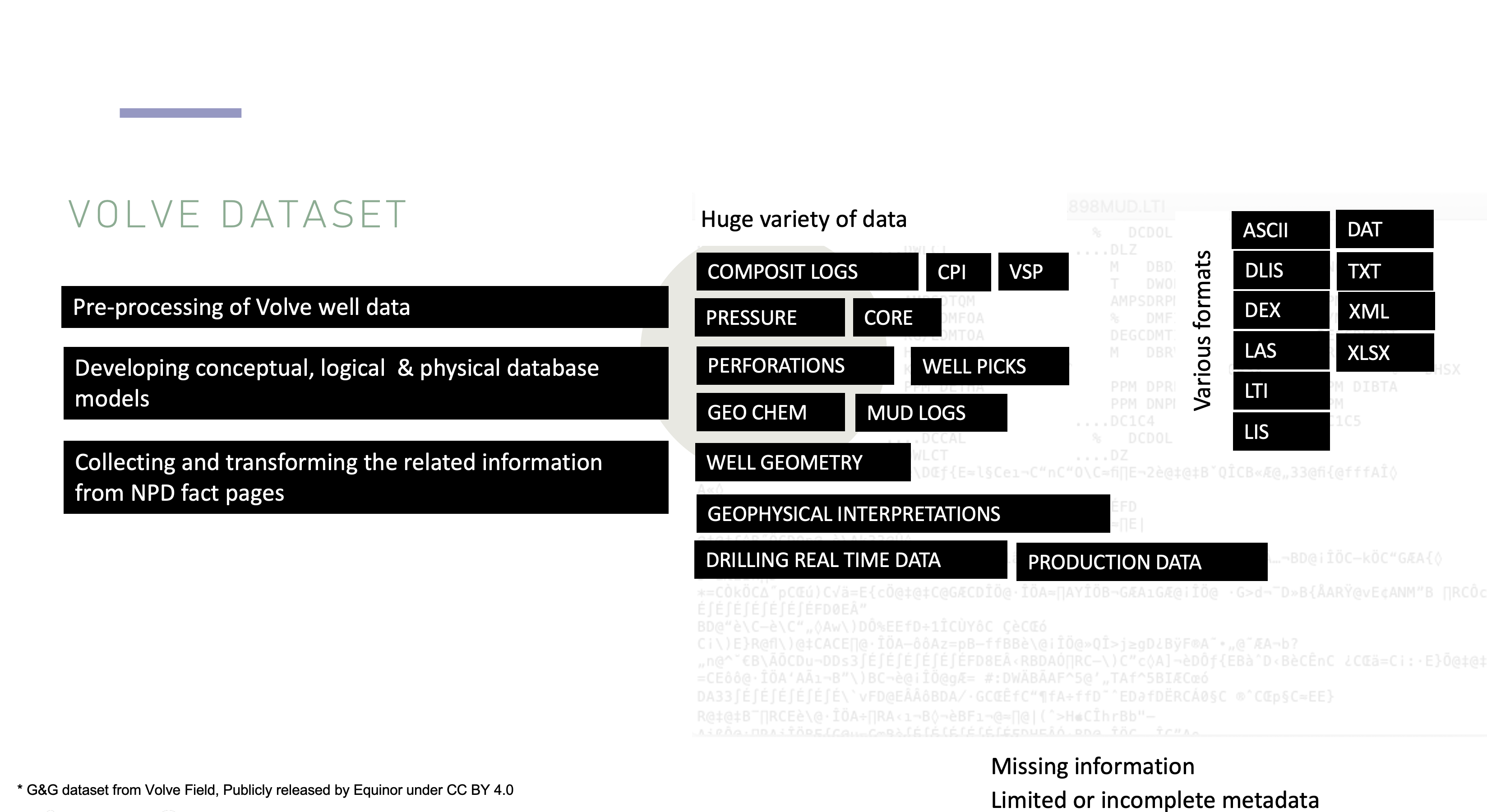SIRIUS Subsurface Lab
A testbed for experiments on subsurface (Geological, Geophysical and Petrophysical) data
Equinor has made a complete set of data from a North Sea oil field (Volve field) available for research, study and development. This dataset consists of a variety of structured and unstructured subsurface data, comprising approximately 40,000 files from the Volve field which was in production from 2008 to 2016. The data has been released to give students and scientists a realistic case to study and support learning, innovation and new solutions for the energy future. This project is focused on pre-processing the Volve dataset and creating a sandbox environment for experimentation.




